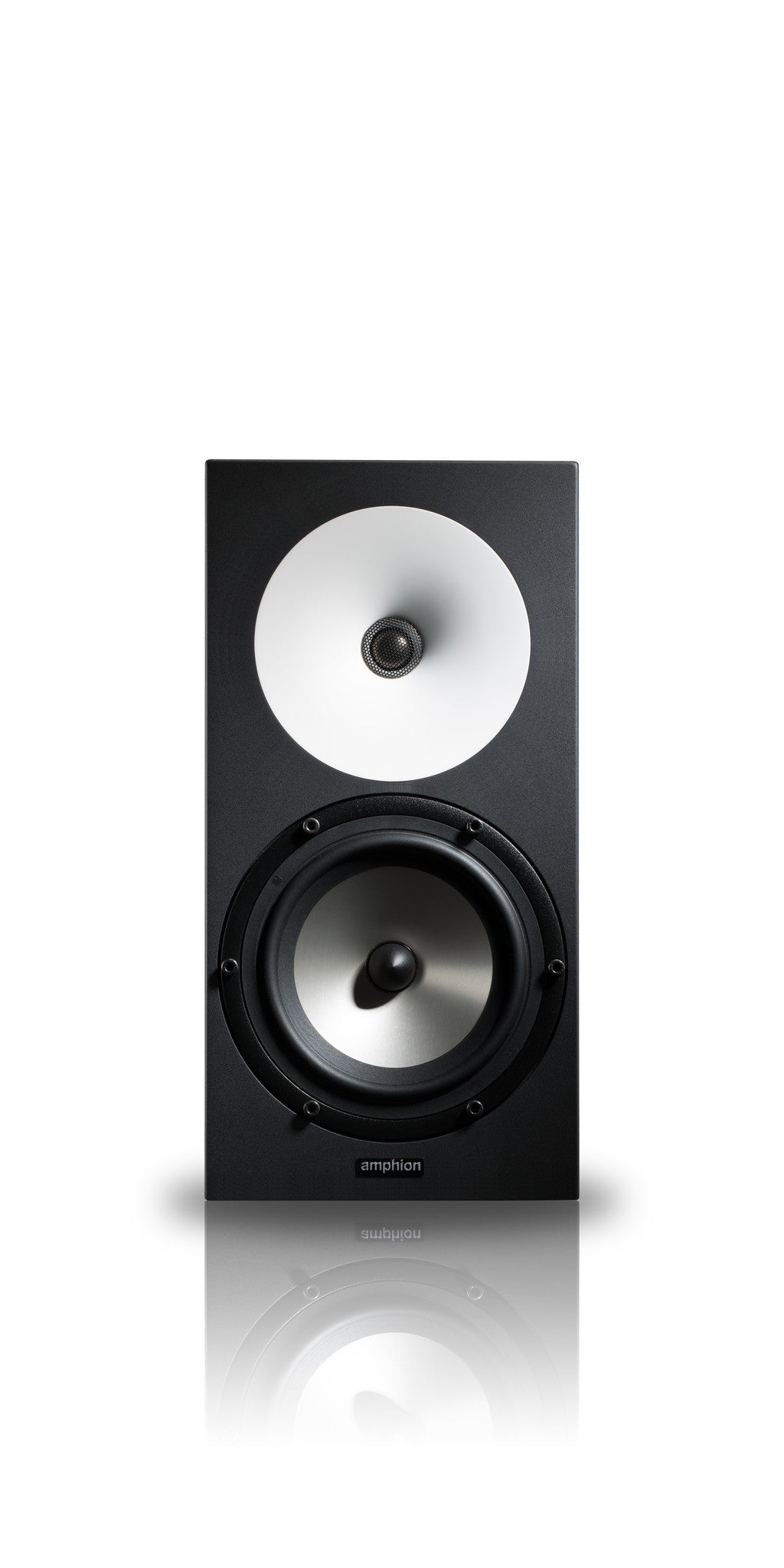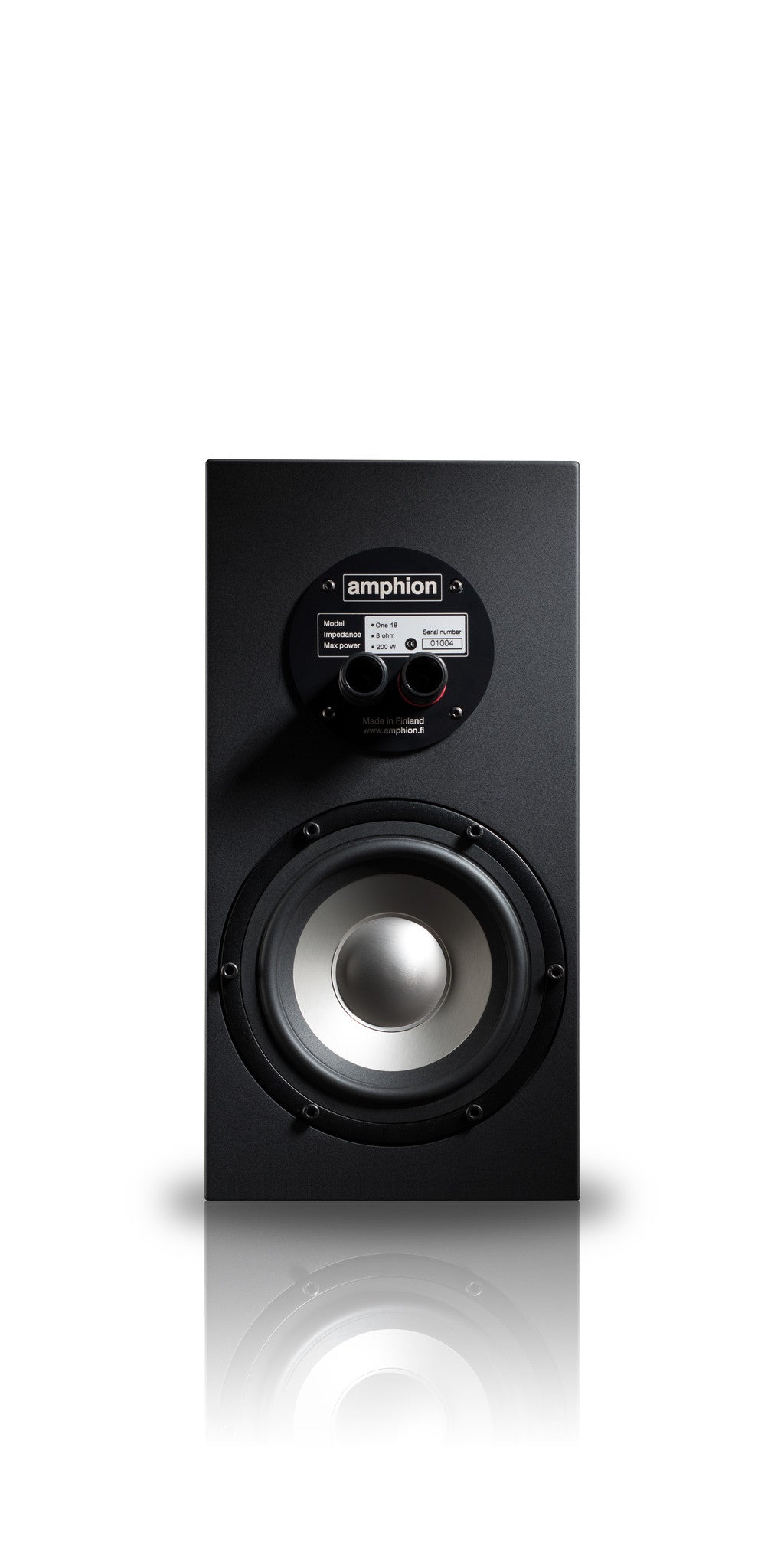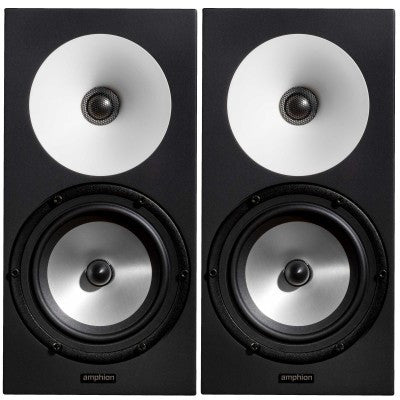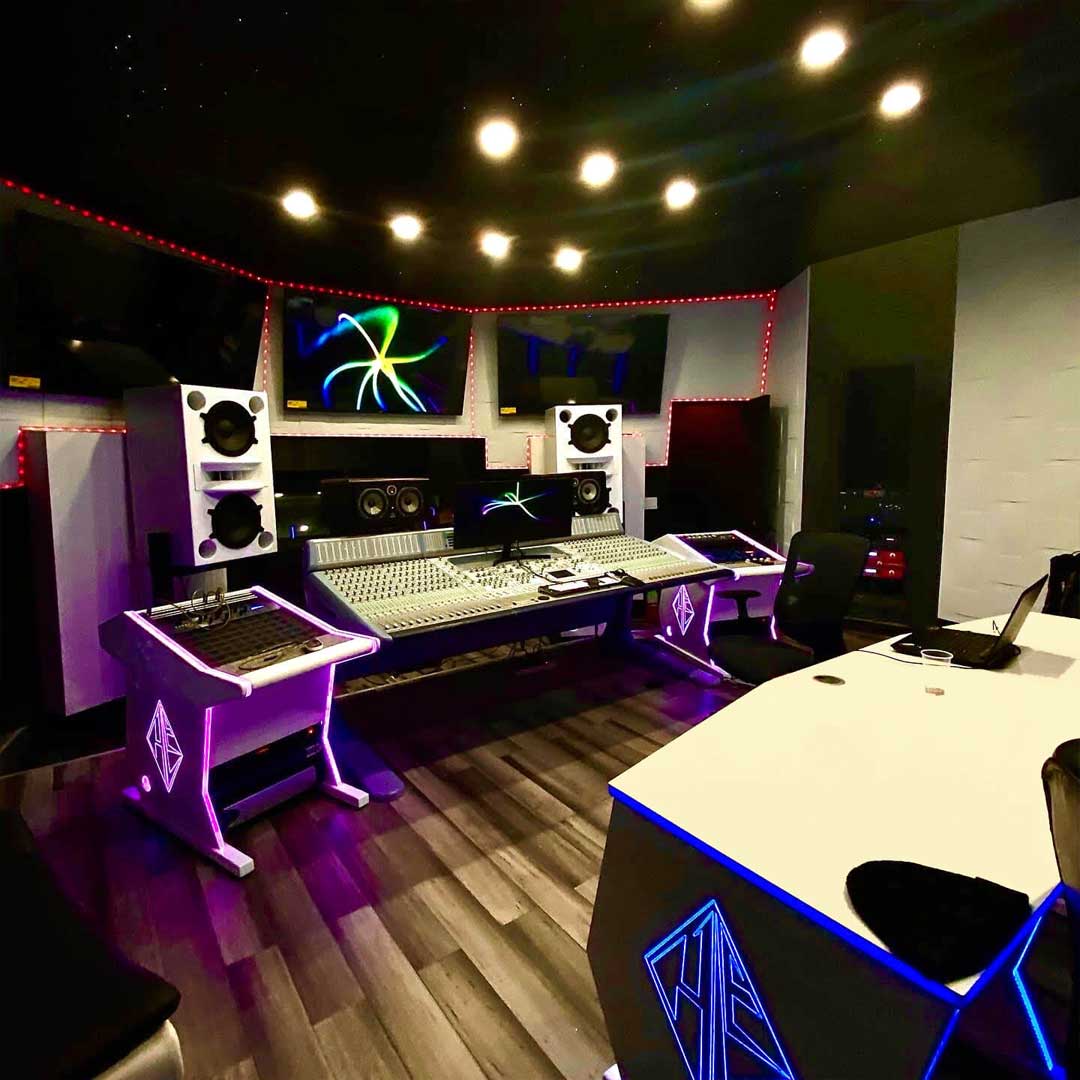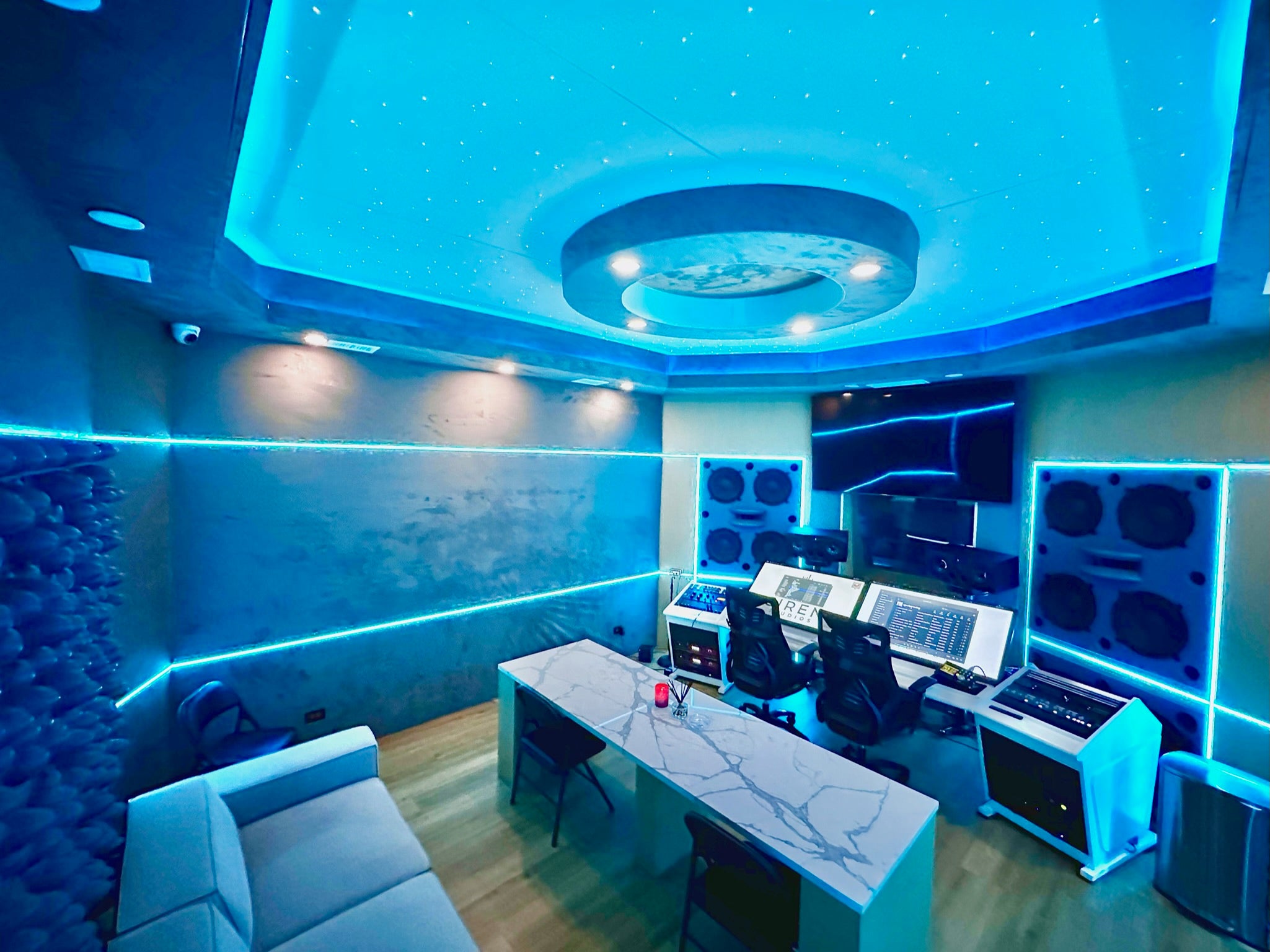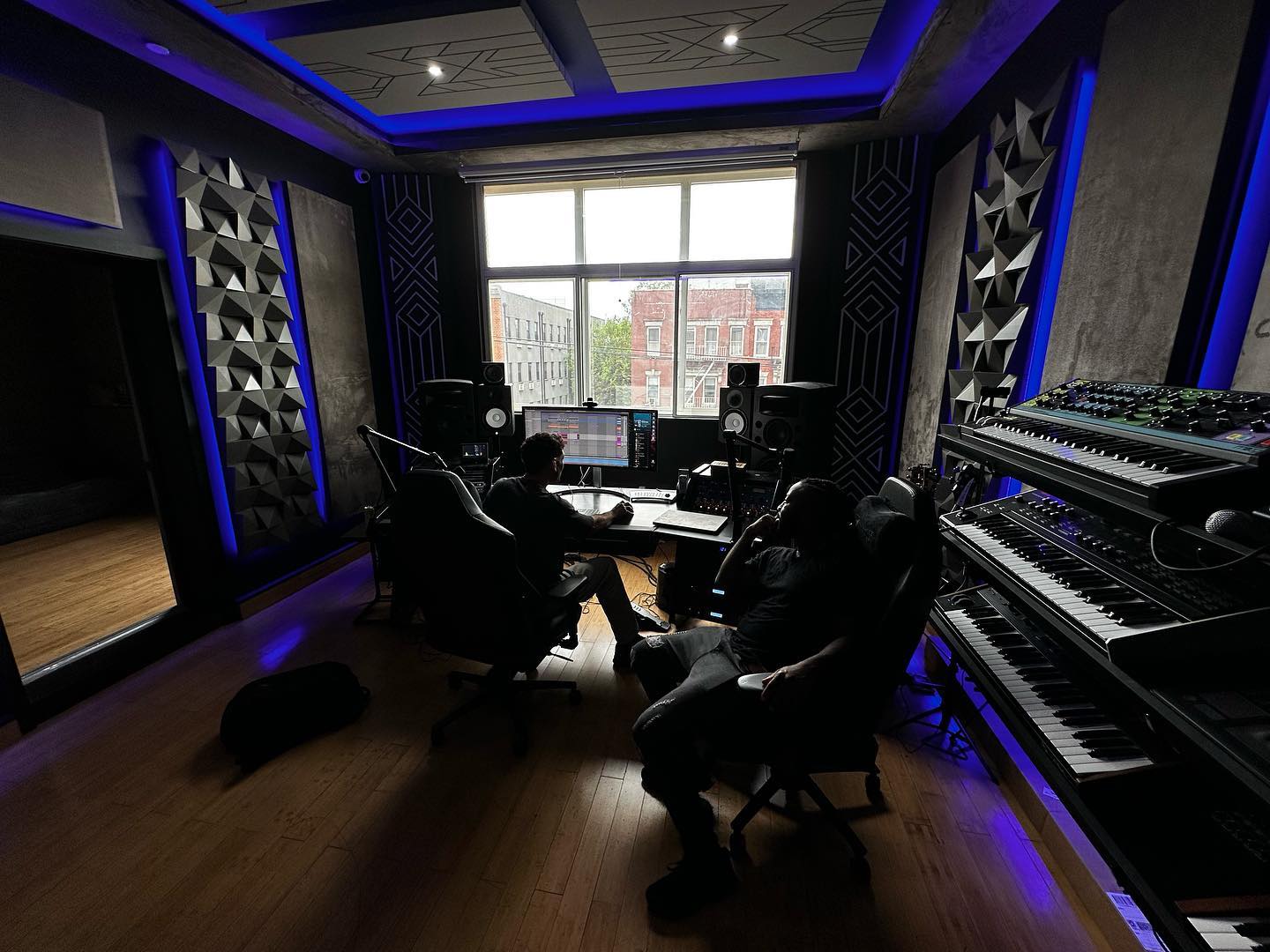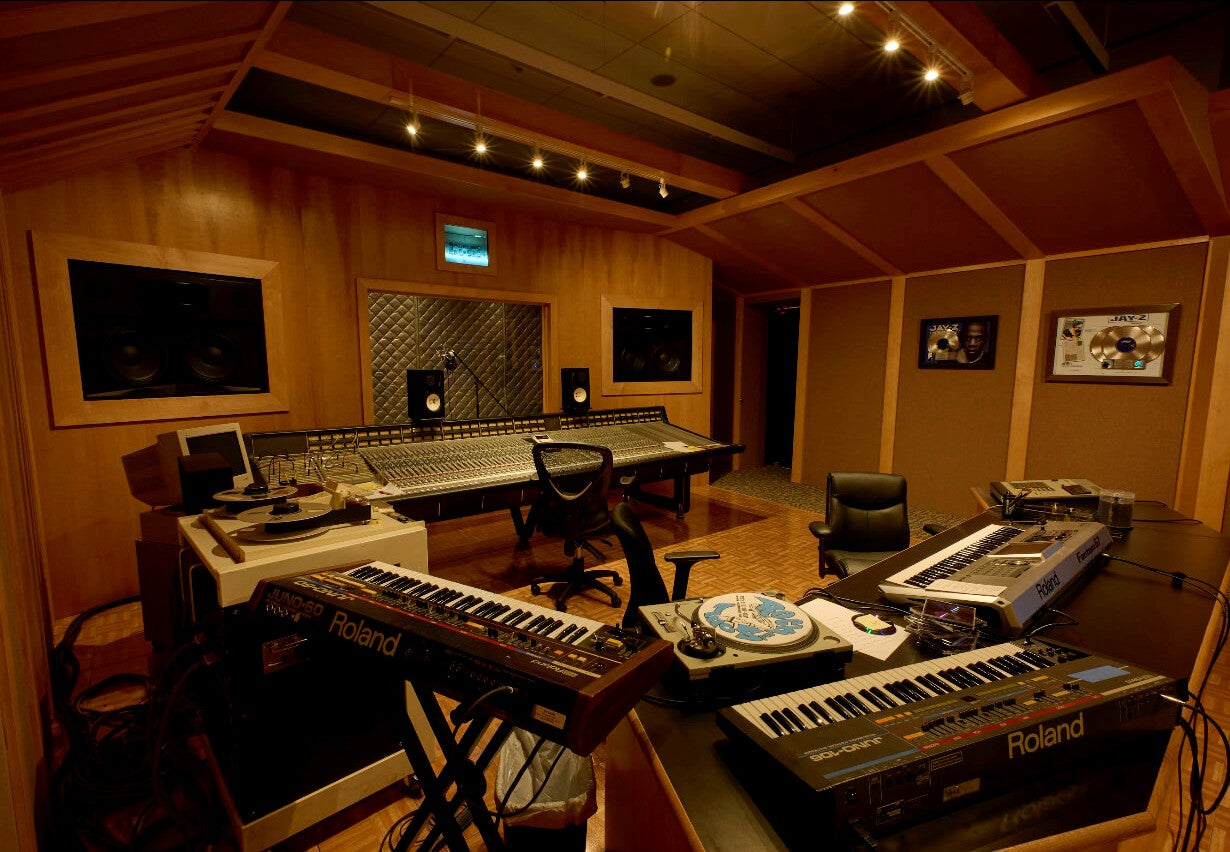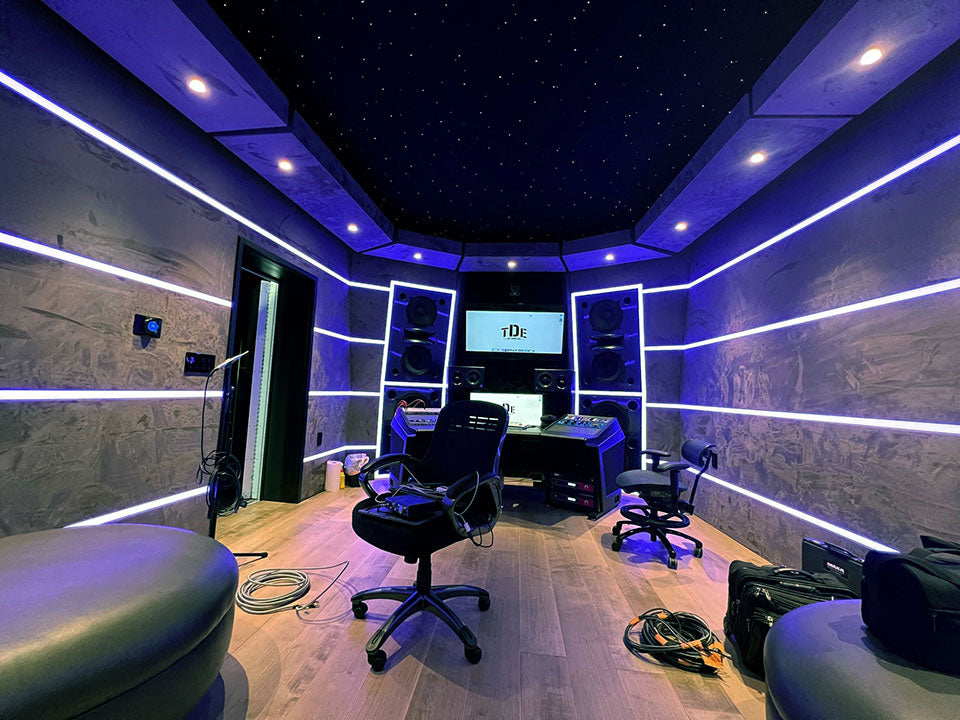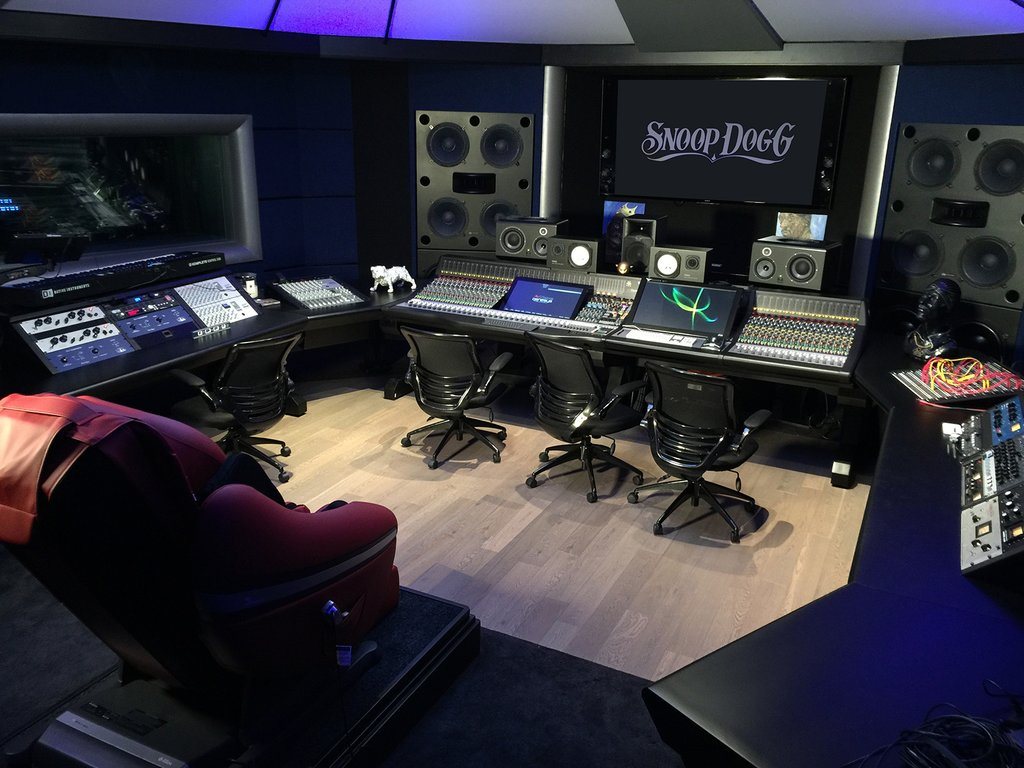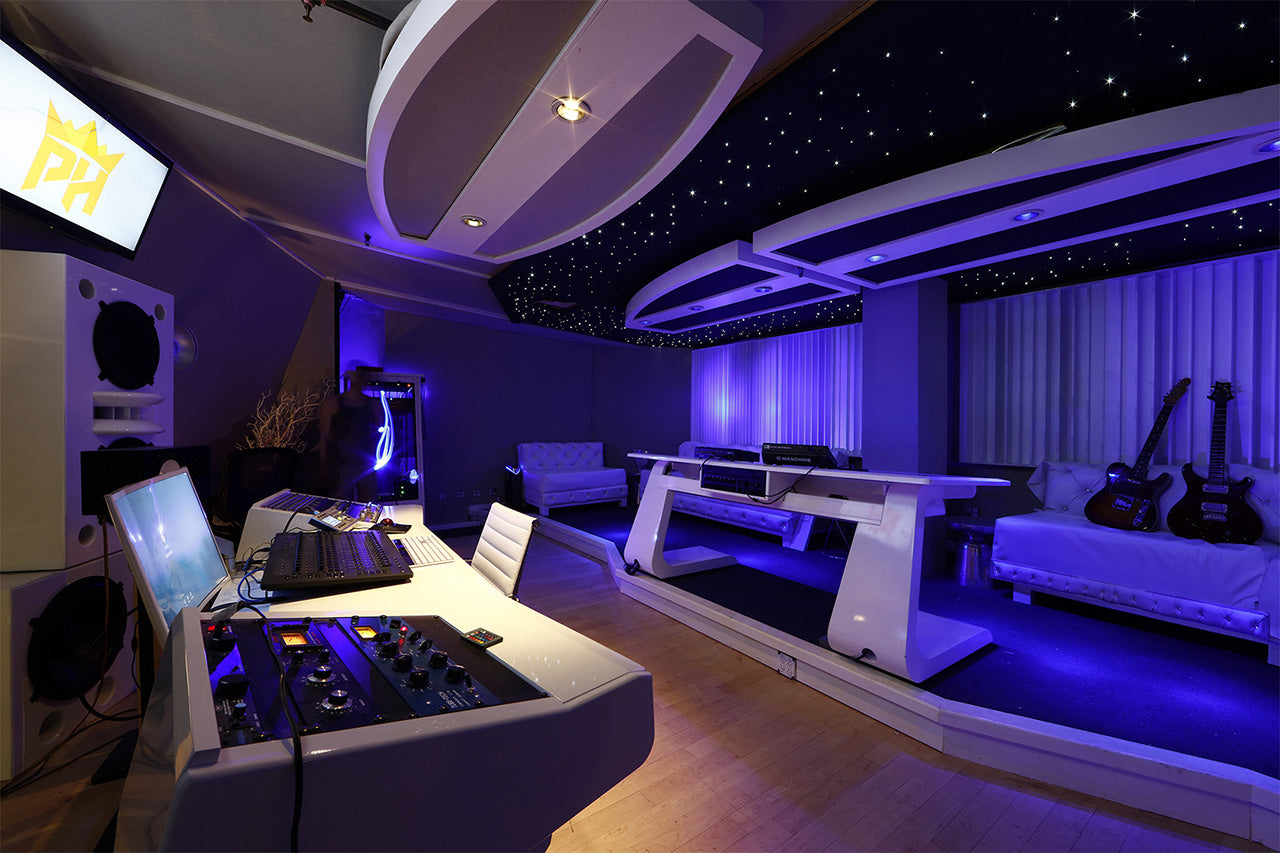The Amphion One18 is a 2-way passive monitor with a 1" titanium dome tweeter, 6.5" aluminum woofer, a passive radiator for controlled bass, and a high-density Corian® waveguide for wide dispersion and phase-coherent point-source performance.
The overall design philosophy and aesthetic of Amphion’s founder, Anssi Hyvönen, is that monitors should reproduce music in all its natural splendor and beauty without adding or removing anything—just the pure and simple truth of what you’ve recorded or mixed. To achieve this goal, Amphion has spent considerable effort developing technologies that provide an honest representation of program material, including a custom 6.5" aluminum woofer, a highly compliant yet incredibly stable 1" titanium tweeter, and a custom-designed, high-density Corian waveguide, that in concert with a low 1.6kHz crossover, enables the One18 to achieve the behavior of a point-source monitor—the holy grail of monitor design. Built for tracking, mixing, or mastering, the One18 is Amphion’s workhorse nearfield studio monitor. A passive design, it features a sealed enclosure with a passive radiator to deliver the natural, transparent, un-hyped sound needed to make critical mixing decisions. Amphion One18 studio monitors are invisible across the entire frequency spectrum, enabling you to mix the music, not the speakers. With an impressive stereo image, they maintain an accurate balance even at low listening levels. These monitors enable you to minimize the tail-chasing and deliver more quickly a mix that translates perfectly to any other playback systems.
Amphion One18—Just the Facts:
- The new studio-standard for nearfield monitors delivering an exquisite sonic performance
- The One18s cost-performance alone make these a vital addition to any studio, large or small
- Monitor workhorse produces unparalleled sonic clarity and sound image
- Point-source behavior due to 1.6kHz crossover and proprietary Corian waveguide
- Passive radiator enhances bass without bass reflex port noise
- External power amp required; a perfect match for the Amphion Amp100
Amphion One18-Behind the Grille
Extremely detailed but not bright or harsh, the One18 studio monitors allow you to achieve great results fast, with perfect translation to any other listening system. These audiophile-quality passive monitors feature custom drivers, including a 6-1/2" aluminum woofer and 1" titanium tweeter housed in a proprietary Corian waveguide that eliminates phase shift, enabling the One18 to act like a point-source monitor with the added advantage of a wide sweet spot. The One18 is a passive monitor that requires external power amplification. The advantage of a passive design is that the enclosure can remain dedicated to the proper placement and implementation of drivers, rather than dedicating half of the cabinet to the amplifier and cooling devices. It also enables the external power amp to be laid out as in the best way possible for optimal performance.
*PAD For the Record: Mixing quietly in mono from a single point-source monitor, such as the old single-speaker Auratones (the 5" bookshelf speaker you see sitting on the meter bridge of world-class studios), is one of the best-kept secrets for mix balance and translation. Point-source monitors eliminate the phase and crossover coloration based on the physical distance between the drivers. Another advantage of mono point-source mixing is consistent balance regardless of the position of your head in relation to the monitor.
Controlled dispersion via custom Corian waveguide
According to Amphion founder, Anssi Hyvönen, point-source is the only way to properly reproduce sound. Even though Amphion monitors don’t look like it, they behave like point-source monitors due to the crossover at 1.6kHz, which leaves the critical listening range of 2kHz to 5kHz untouched. Additionally, the Corian waveguide deals with the physical properties of point-source monitoring.
Amphion’s custom waveguide is responsible for the One18’s wide dispersion and simultaneous ability to physically act as a point-source monitor. While this would appear to be counterintuitive, since a point-source monitor would have a tweeter inside a woofer, the goal of the waveguide is to eliminate the phase shift that would otherwise occur due to the physical distance between tweeter and driver. Point-source monitoring also eliminates the need for additional time-alignment circuitry. However, the downside of point-source monitors is that having the tweeter inside the woofer reduces dispersion and makes for a very narrow sweet spot. Amphion’s proprietary waveguide solves the problems of phase shift, time-alignment, and narrow dispersion.
To design their waveguide, Amphion chose Corian, a product created by DuPont for, believe it or not, kitchen and bathroom surfaces. Corian not only rivals the density of granite, it’s non-porous, highly reflective, and can be seamlessly molded into limitless forms via a process called thermoforming. Corian also lasts a lifetime. The Corian waveguide’s shape is determined via computer modeling and simulations to enable the One18’s tweeter and woofer to function like a point source monitor.
Passive radiator bass enhancement
Another design philosophy adhered to by Amphion’s Anssi Hyvönen is that in his view, ported monitors should be banned from music making. The upside of ported speakers is that they can output more impressive low end than infinite-baffle systems (sealed cabinets), though they exhibit a steeper bass roll-off. The downside is that the waves emanating from them can make noise and interfere up the spectrum through the low mids and midrange. There’s also a possibility of smearing transients, as well as produce a phenomenon called one-note bass, wherein the resonant frequency of the cabinet overtakes the low end.
Amphion’s solution is the use of a passive radiator, which works much like the bass reflex in order to increase bass response in an otherwise too small cabinet. The radiator is a diaphragm used to cover an inconveniently large port. It also reduces port turbulence, which can interfere with the direct sound of the drivers. Amphion uses passive radiators in a sealed cabinet, which maintains the same low-frequency response regardless of volume—hence the One18’s ability to remain true to the source at low levels.
What the pros are saying about Amphion One18:
“I can mix comfortably, sitting anywhere around the console.”
Norberto Islas—producer, recording and mixing engineer
“I find I’m in exactly the right place.”
Jack Ruston—producer, engineer, and mixer
“The pinpoint accurate imaged sound has to be heard to be believed.”
Ricardo Almeida—music director and composer
“…achieve results quicker and without doubt.”
Luis Villa—recording and mixing engineer
Whether you’re writing music, recording, or mixing, the Amphion One18 studio monitor will be your ear’s best friend throughout the longest of sessions, thanks to their natural tone and balanced frequency response. For more information, call or chat online with your PAD Professional today.
Specifications
- Operating principle: Two-way, passive radiator
- Drivers: 1" (25mm) titanium tweeter; 6-1/2" (150mm) aluminum woofer
- Crossover point: 1.6kHz
- Sensitivity: 85dB @ 2.83V/1m
- Frequency response: 45Hz–20kHz ±3dB
- Power recommendation: 30–150W (External power amp required)
- Connectors: Binding post
- Weight: 26 lb. (12 kg)
- Handmade in Finland
